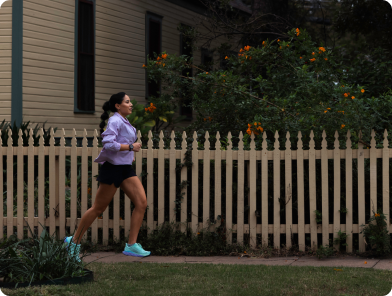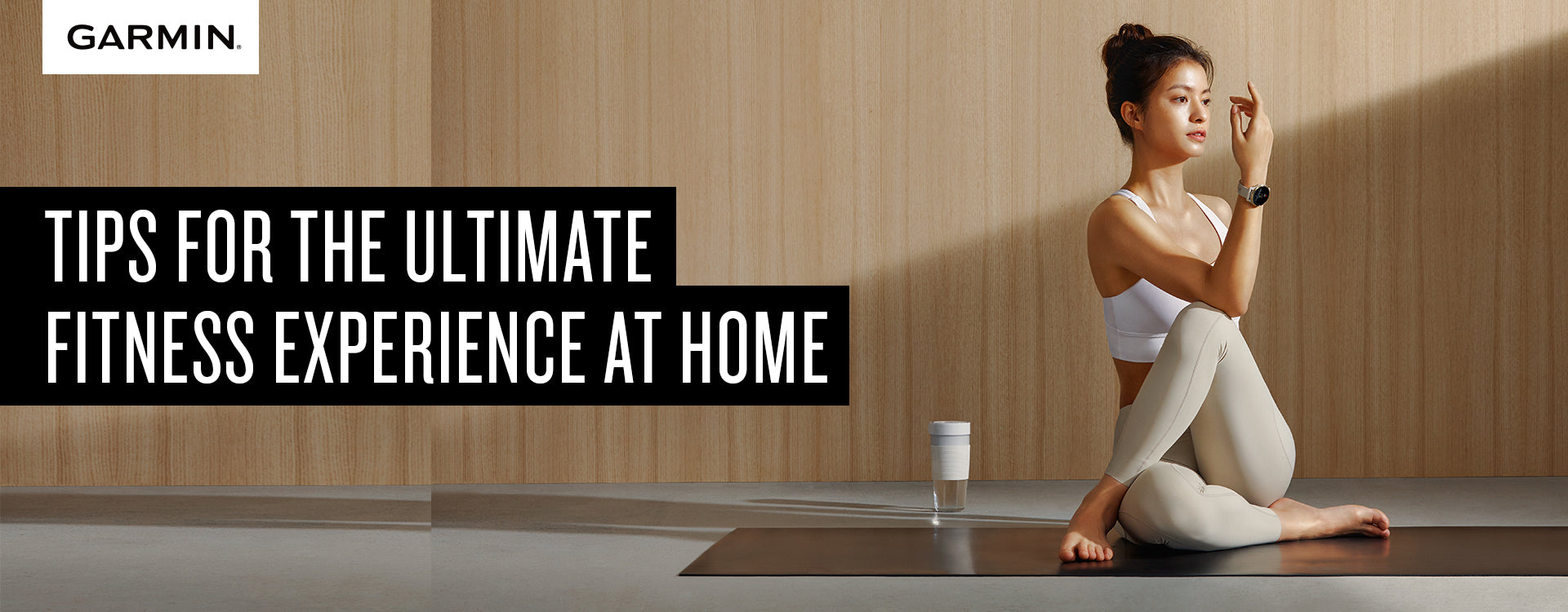The night time is simply one of the most wonderful things to happen in a day, but the dangers that lurk in the darkness are something that you should not turn a blind eye to. Seeing in the dark is an ability that cats and other large predators are blessed with so that they can hunt at night or just to protect themselves. We, humans, do not possess this capability and so we often resort to using light sources such as torches and flashlights. A drawback to this, the ones you are looking for in the dark can also see you, which brings you closer to danger.
Brief History of Night Observation Devices
The very first night-vision devices called AEGs were developed by the Germans back in 1930, and they were heavy-duty optics attached to their rifles. The concept used was that the scope emits infrared light, and when that invisible light hits an object, it bounces back to the scope, creating an image on their scopes of a brighter version of the surroundings. The US also had their own version, which was called the Starlight—a much higher tech than the German’s. This was all done for wartime purposes, but today, night observation devices or NODs are widely used by the civilians like hunters, security guards, military enthusiasts, homeowners, photographers, hikers, and more.

Popular NODs for Civilians
Civilians use different NODs depending on their work or their hobby. For example, hunters mostly use night-vision monoculars and night-vision scopes because they prefer to not carry heavy dual-tube NODs on their heads, while photographers use high-quality night-vision cameras to take photos of views that are not visible to the naked eye at night. The most popular night vision for civilians is the PVS NOD due to it being one of the few NODs with good quality yet affordable price range. PVS were first introduced in the US military but were later available for purchase in the civilian field. A lot of people use PVS due to its high quality and functionality because it’s one of the NODs that work best with night-vision-compatible devices such as the Garmin Instinct 2 Solar Tactical Edition and the civilian-popular EOTech Holographic Sights.
Safety When Using NODs
NODs use ambient light to create a brighter image of the surroundings. Despite movie influence, NODs are not clear like cat eyes. The clarity of the image depends on how bright ambient lights are, and even then, it produces a somewhat blurry projection. You cannot use NODs on pitch-black environments as there is no ambient light present whatsoever, so yes, movies lied to you. NODs cause spatial vision distortion where this certain item is directly in front of you, but it looks way farther so you keep on knocking down stuff during your first interaction with a NOD. Lastly, never shine a flashlight through anyone’s NODs. Since it amplifies light, shining a flashlight through the tube of someone wearing NODs will cause them temporary to permanent blindness, so you better be mindful of where you point that flashlight of yours.

Flashlight vs. NODs
There is a debate on which is better: flashlights or NODs. The short answer to this is it depends on the situation. NODs are used when what you are doing is critical and you cannot be detected or seen by anything or anyone. For example, when hunting deers and other animals for food, your approach should be in a stealthy manner, so using flashlights already defeats the purpose. Flashlights, however, are also useful during the night. Flashlights can be used as signaling devices and are much better used when traversing the woods since NODs create spatial vision distortion when worn.
In conclusion, NODs are better used when stealth is to not be compromised, while flashlights work best when you need more light and safety.
Hike with NODs Today!
Traversing the lands and mountains with NODs is a thrilling and challenging spice to your hike! While you’re at it, why not equip yourself with the best tools for the job? Get yourself your preferred NOD and a Garmin Instinct 2 Solar - Tactical Edition. This watch is mission-ready and the best tactical watch to use while wearing NODs because it has Night Vision Mode where it produces soft ambient light for you to see the information given to you by your watch. It also has several health-monitoring capabilities like heart rate tracking, stress levels meter, VO2 Max meter, sleep monitoring, pulse ox, and more! Mission-wise, bringing the Garmin Instinct 2 Solar - Tactical Edition is a huge game change with its tactical capabilities like Stealth Mode, HALO/HAHO Jumpmaster Mode, Dual-Format GPS, and Killswitch!










Leave a comment
All comments are moderated before being published.
This site is protected by hCaptcha and the hCaptcha Privacy Policy and Terms of Service apply.